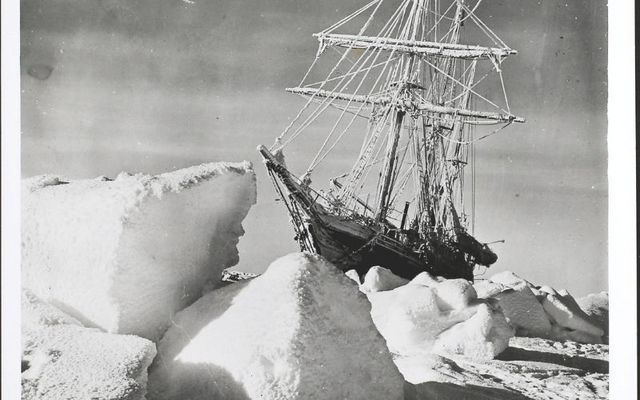A team of explorers is currently attempting to locate the wreck of Sir Ernest Shackleton's Endurance on what would have been the famous Irish explorer's 148th birthday.
A research vessel left Cape Town, South Africa on Saturday, February 5 in the hope of locating the wreckage in the Weddell Sea in Antarctica.
A 27-man crew of marine archaeologists, technicians, and scientists departed on the Endurance22 expedition and hope to capture footage of the wreck using state-of-the-art underwater drones.
The expedition has been working off the calculations of Shackleton's brilliant navigator Frank Worsley, who used as a sextant and a chronometer to calculate the coordinates of the vessel when it sank beneath the ice on November 21, 1915.
Worsley estimated that the ship sunk at 68°39'30" South; 52°26'30" West, but a team of three researchers are now trying to calculate the accuracy of his calculations.
Lars Bergman, David Mearns, and Robin Stuart are now estimating the wreck is located several kilometers east of where Worsley estimated it to be.
"There's a lot of things to consider; you cannot just take Worsley's position for granted and go right to that location. You've got to use your judgment," Mearns told the BBC.
Bergman, Mearns, and Stuart have submitted their research to the Journal of Navigation but have taken the decision to release it to the public in the hope that it will aid the ongoing search for Endurance.
The researchers have discovered an error in the calibration of the ship's clocks, which were running 22 seconds faster than Worsley accounted for when he made the calculations.
Those 22 seconds could have resulted in an error of up to 3km in Worsley's predictions, the researchers say.
There are other factors that could have impacted Worsley's ability to make an accurate estimation, including the fact that he didn't get a fix on the expedition's position until 19 hours after the Expedition sank.
He also didn't have a view of the sun on the day the vessel went down, which is critical for fixing accurate coordinates. It was also impossible to view the sun for two days before the sinking.
However, Bergman, Mearns, and Stuart believe that they have made an "accurate and reliable" estimation of the wreckage's final resting place.
Mensun Bound, a marine archaeologist who is leading the Endurance22 expedition, confirmed that he has read the studies with interest but did not disclose whether it would influence the expedition.
Shackleton's expedition set out from the UK in August 1914 in a bid to make the first land crossing of the Antarctic but became stuck in pack ice in early 1915. It sank in November of the same year, leaving the 28-man crew drifting on the pack ice with no means of communications and limited supplies.
The crew sailed across to Elephant Island on three lifeboats before Shackleton and a small crew sailed across 800 treacherous miles of sea to reach South Georgia and raise the alarm.
The remaining crew members were rescued from Elephant Island in August 2016.
There is an issue with the module you added.




Comments